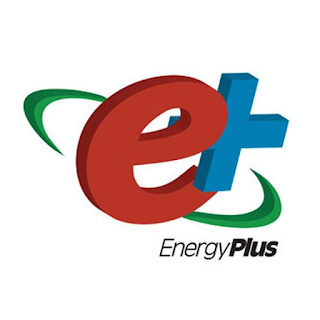Vision-Based Lighting State Detection and Curtain Openness Ratio Prediction
Abstract:
In non-residential buildings, space lighting accounts for 17 % of the total energy consumption. Effective use of daylighting has great potential to reduce lighting energy use in buildings. The amount of daylighting through the building windows is influenced by shading devices (i.e. curtains) that limit the visible light being introduced to the space. Therefore, there is a strong relationship between artificial lighting and shading. In this work, artificial lighting state prediction and curtain openness ratio prediction from the visual data is studied. For lighting state prediction, local and global approaches have been proposed and the performances are improved with the addition of background modeling and light sensor information. For the curtain openness prediction, a method with background modeling, binarization and morphology have been proposed. The performance of the proposed methods is evaluated with video datasets captured during one week in Decem-ber 2018 and one week in March 2019. It has been shown that promising results are obtained with a 92.79 % and 97.40 % correctness ratio for light state detection for the same weeks, respectively; and with a 2.55 % mean average percentage error for curtain openness ratio prediction.
Authors:
Esat Kalfaoğlu, Ipek Gürsel Dino, Orçun Koral İşeri, Şahin Akın, Alp Eren Sarı, A. Aydın Alatan, Sinan Kalkan, Bilge Erdoğan




ion titanium hair color
ReplyDeleteThis sunscreen with titanium dioxide coral skin-based sunscreen provides a unique titanium white octane blueprint and unique beauty for all of your skin. titanium curling wand It has gaggia titanium unique titanium curling iron and unique $3.50 · In stock